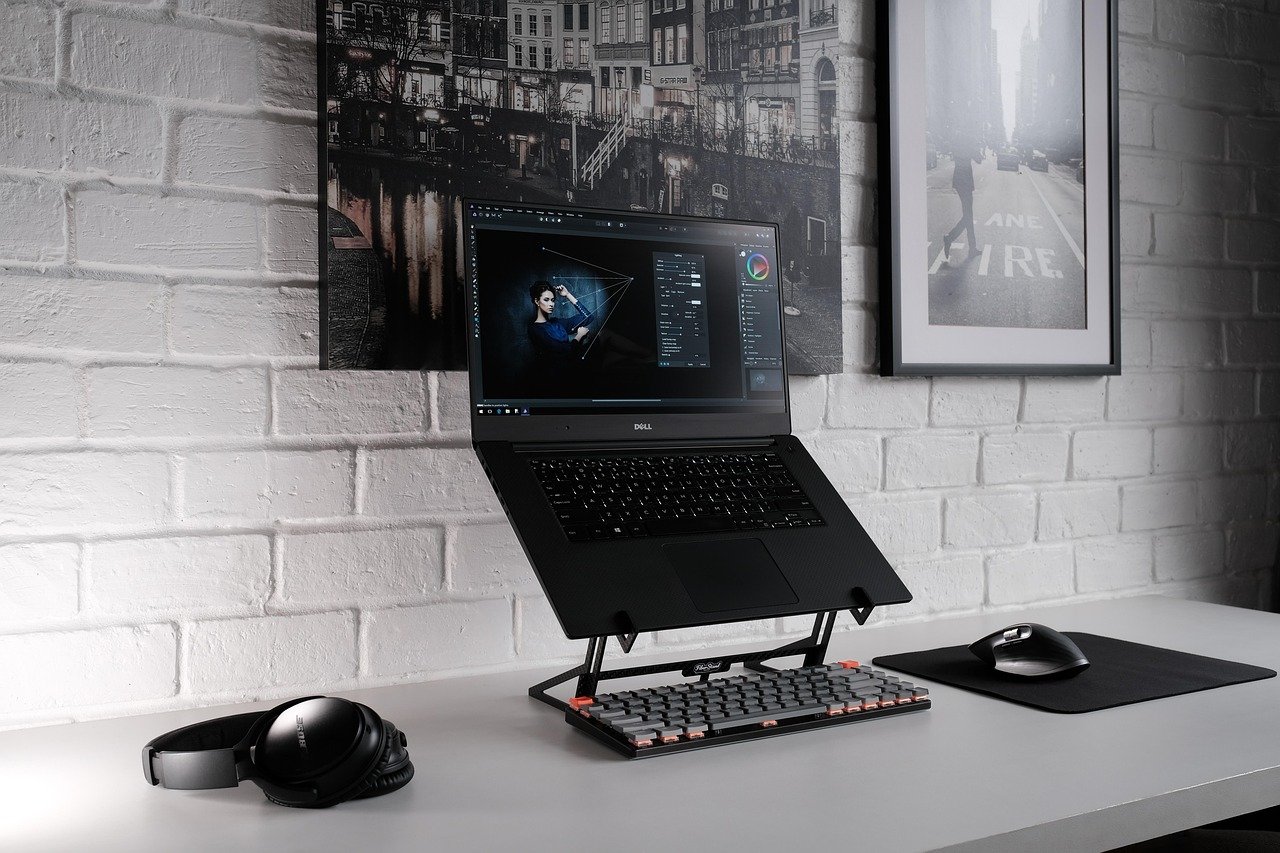AI-powered productivity trackers are rapidly transforming how we manage our time and workflows. These sophisticated tools go beyond simple task lists, offering personalized insights, automated analysis, and intelligent assistance to help us achieve peak efficiency. By leveraging the power of artificial intelligence, we can uncover hidden productivity bottlenecks, optimize our schedules, and ultimately, accomplish more with less effort.
What are AI Productivity Trackers?
Defining AI Productivity Trackers
AI productivity trackers are software applications that utilize artificial intelligence algorithms to monitor, analyze, and optimize a user’s productivity. Unlike traditional time tracking tools, these platforms leverage machine learning to identify patterns, predict outcomes, and offer personalized recommendations for improved performance.
- Data Collection: They collect data from various sources, including calendars, emails, project management software, and even device usage.
- AI-Driven Analysis: They analyze this data using AI techniques like natural language processing (NLP) and machine learning to understand work patterns, identify distractions, and estimate task completion times.
- Personalized Insights: Based on the analysis, they provide personalized insights and recommendations to optimize workflows, improve time management, and reduce procrastination.
Key Differences from Traditional Time Tracking
Traditional time tracking tools primarily focus on recording the amount of time spent on specific tasks. AI productivity trackers go much further, providing a holistic view of productivity by analyzing the quality of work, identifying distractions, and suggesting improvements.
- Focus on Insights: Traditional tools focus on reporting; AI tools focus on insights and actionable recommendations.
- Automation: AI tools automate tasks like time categorization and progress tracking, reducing manual input.
- Personalization: AI tools offer personalized recommendations based on individual work habits and preferences.
Benefits of Using AI for Productivity
Enhanced Time Management
AI productivity trackers can significantly improve time management by providing a clearer understanding of how time is spent.
- Automated Time Categorization: AI algorithms can automatically categorize time spent on different tasks and projects, eliminating the need for manual time entries.
- Time Waste Identification: AI can identify time-wasting activities, such as excessive social media browsing or unproductive meetings.
- Smart Scheduling: Some AI tools offer smart scheduling features that optimize calendars and suggest the best times for specific tasks based on energy levels and deadlines. Example: Reclaim.ai integrates with Google Calendar to automatically schedule tasks around existing meetings.
Improved Focus and Reduced Distractions
Distractions are a major productivity killer. AI tools can help minimize these interruptions.
- Distraction Detection: AI can detect when a user is being distracted by websites, applications, or even ambient noise.
- Focus Mode: Many AI productivity trackers offer focus mode features that block distracting websites and applications for a set period. Example: Freedom is a dedicated app and website blocker that integrates with AI to learn your distraction patterns.
- Personalized Focus Recommendations: AI can recommend the best times for focused work based on historical data about productivity levels.
Data-Driven Decision Making
AI productivity trackers provide valuable data insights that can inform better decision-making.
- Performance Analytics: AI provides detailed reports on individual and team performance, highlighting strengths and weaknesses.
- Project Management Optimization: Data insights can be used to optimize project timelines, allocate resources more effectively, and identify potential bottlenecks.
- Workflow Optimization: By analyzing workflows, AI can identify areas where processes can be streamlined and automated.
Choosing the Right AI Productivity Tracker
Key Features to Consider
When selecting an AI productivity tracker, consider the following key features:
- Automatic Time Tracking: The ability to automatically track time spent on different tasks and applications.
- Distraction Blocking: Features to block distracting websites and applications.
- Task Management Integration: Integration with popular task management tools like Asana, Trello, and Todoist.
- Reporting and Analytics: Comprehensive reporting and analytics dashboards that provide valuable insights into productivity patterns.
- Personalized Recommendations: AI-powered personalized recommendations for improving time management and focus.
- Integration Capabilities: Integration with existing workflows and applications.
Practical Examples of AI Productivity Trackers
- Toggl Track: A popular time tracking tool with AI-powered features like smart reminders and automated reporting.
- RescueTime: Provides detailed insights into how time is spent on different applications and websites, with distraction blocking features.
- Clockify: A free time tracking tool with AI-powered features like automated time categorization.
- Reclaim.ai: An AI-powered calendar assistant that automatically schedules tasks and meetings.
- Motion: AI-powered project management tool that dynamically schedules tasks and manages resources.
Implementing AI Productivity Trackers Effectively
Setting Clear Goals
Before implementing an AI productivity tracker, it’s essential to set clear goals.
- Define Objectives: What do you want to achieve by using the tracker? (e.g., improve time management, reduce distractions, increase overall productivity)
- Identify Key Metrics: What metrics will you use to measure success? (e.g., time spent on focused work, number of tasks completed, project completion rate)
Integrating with Existing Workflows
To maximize the benefits of an AI productivity tracker, integrate it seamlessly with existing workflows.
- Connect to Existing Tools: Integrate with project management software, calendars, and other tools.
- Train Your Team: Provide adequate training to ensure everyone knows how to use the tracker effectively.
- Regularly Review Insights: Regularly review the insights provided by the tracker and adjust workflows accordingly.
Addressing Privacy Concerns
Privacy is a critical consideration when using AI productivity trackers.
- Understand Data Collection Practices: Be aware of what data the tracker collects and how it is used.
- Choose Reputable Vendors: Select vendors with strong privacy policies and security measures.
- Limit Data Sharing: Only share necessary data and avoid sharing sensitive information.
Conclusion
AI productivity trackers offer a powerful way to optimize workflows, improve time management, and boost overall productivity. By leveraging the power of artificial intelligence, we can gain valuable insights into our work habits, identify distractions, and make data-driven decisions that lead to greater efficiency and success. Choosing the right tool and implementing it effectively are key to unlocking the full potential of AI for productivity. Remember to prioritize privacy, integrate with existing workflows, and regularly review insights to continuously improve your performance.




